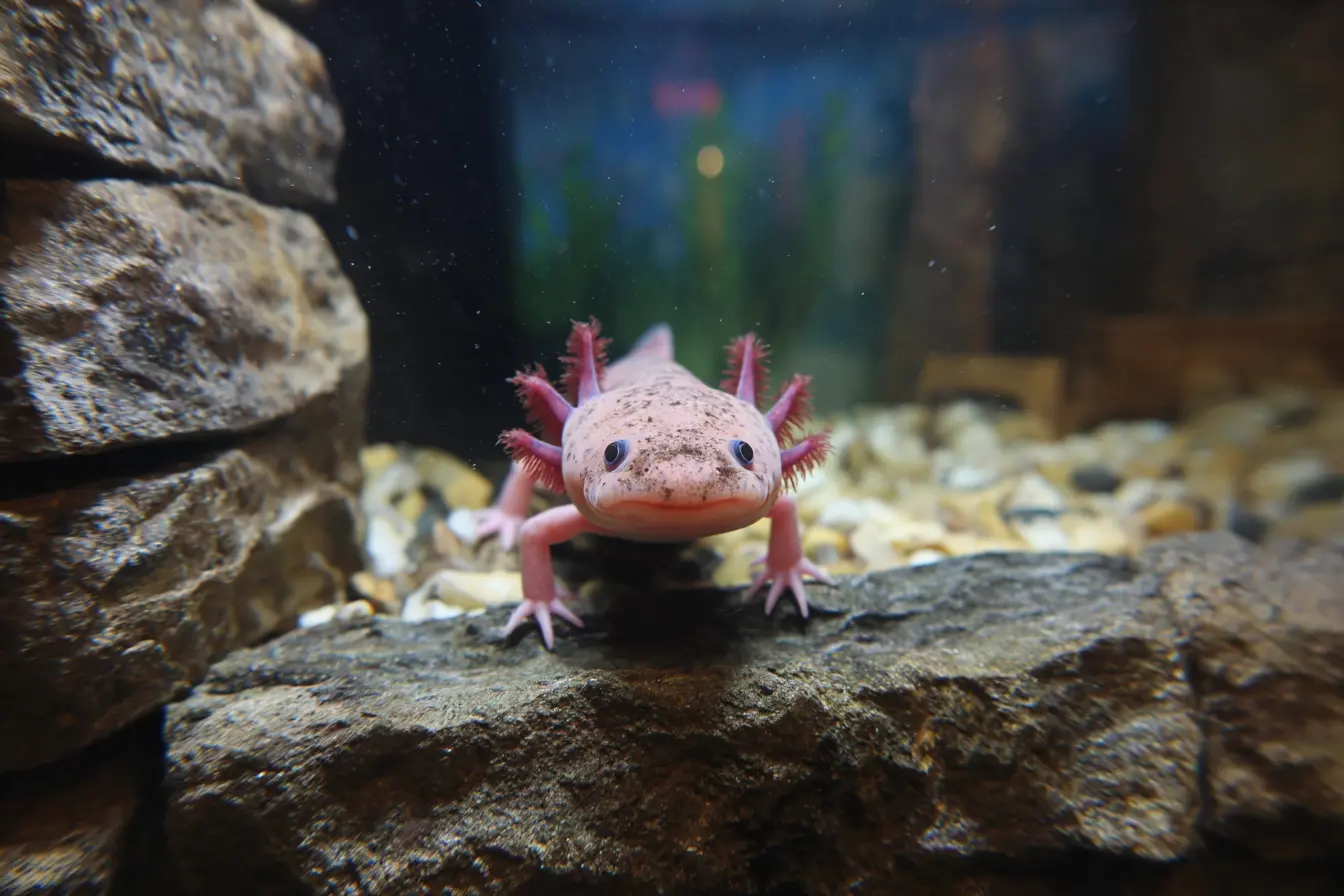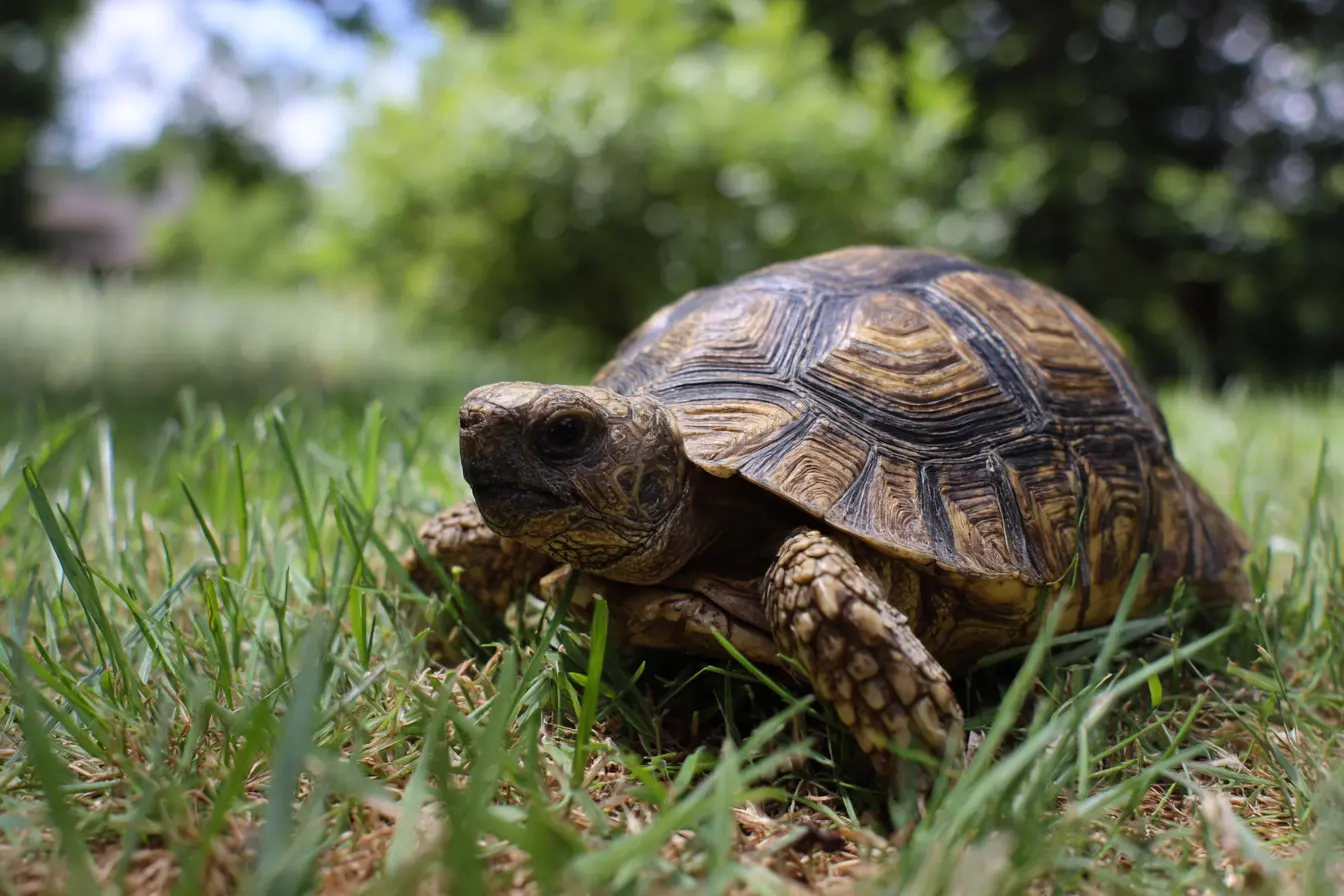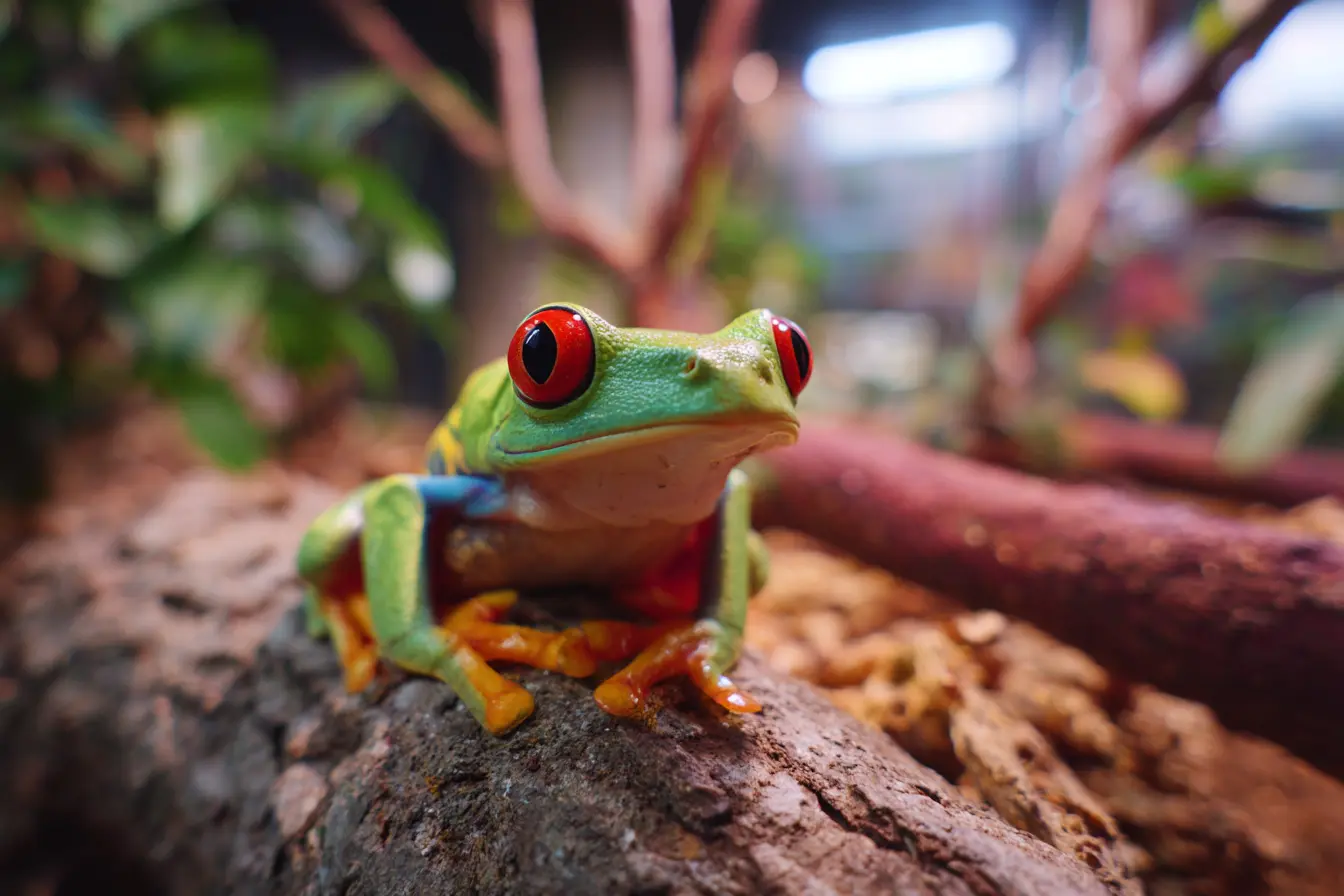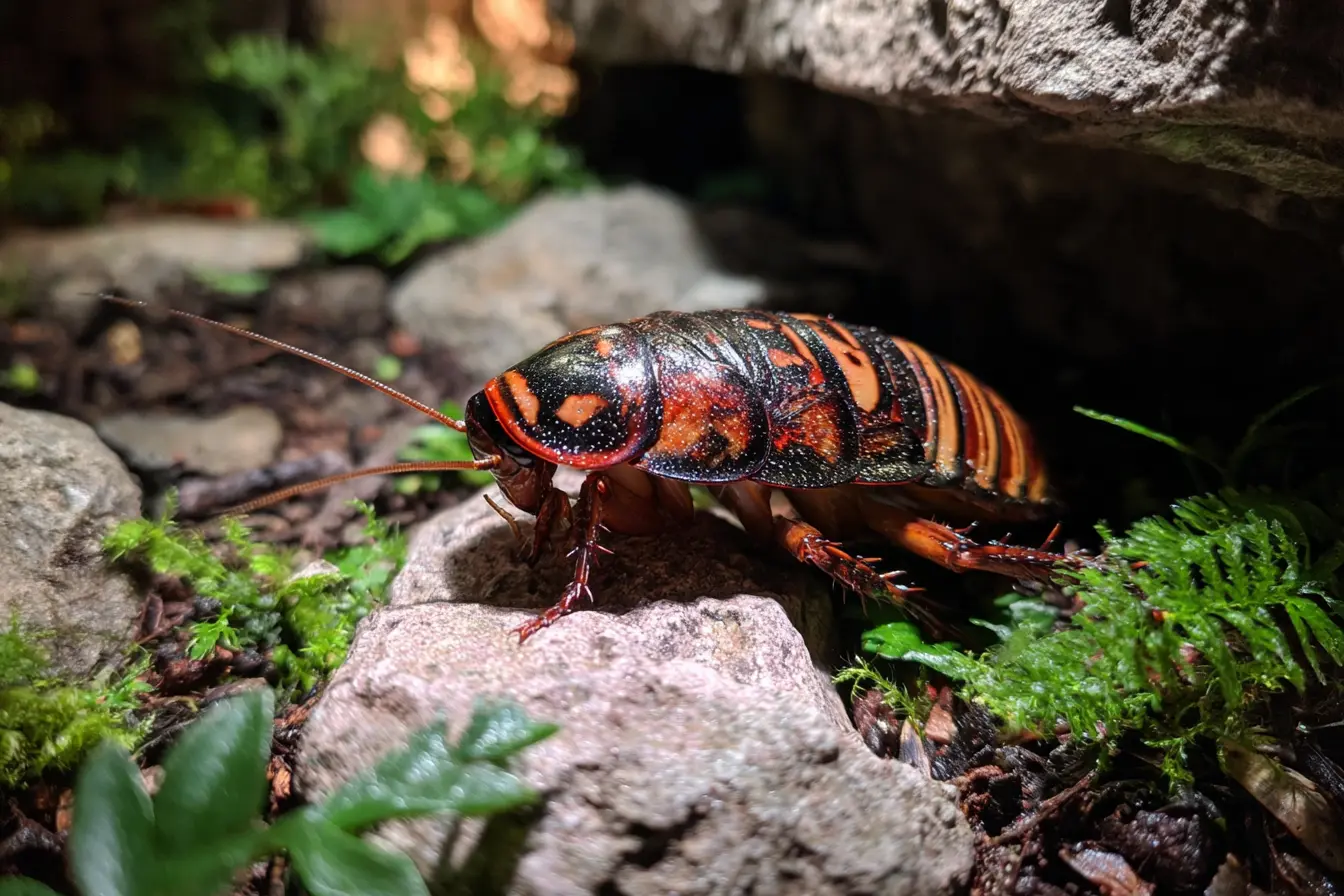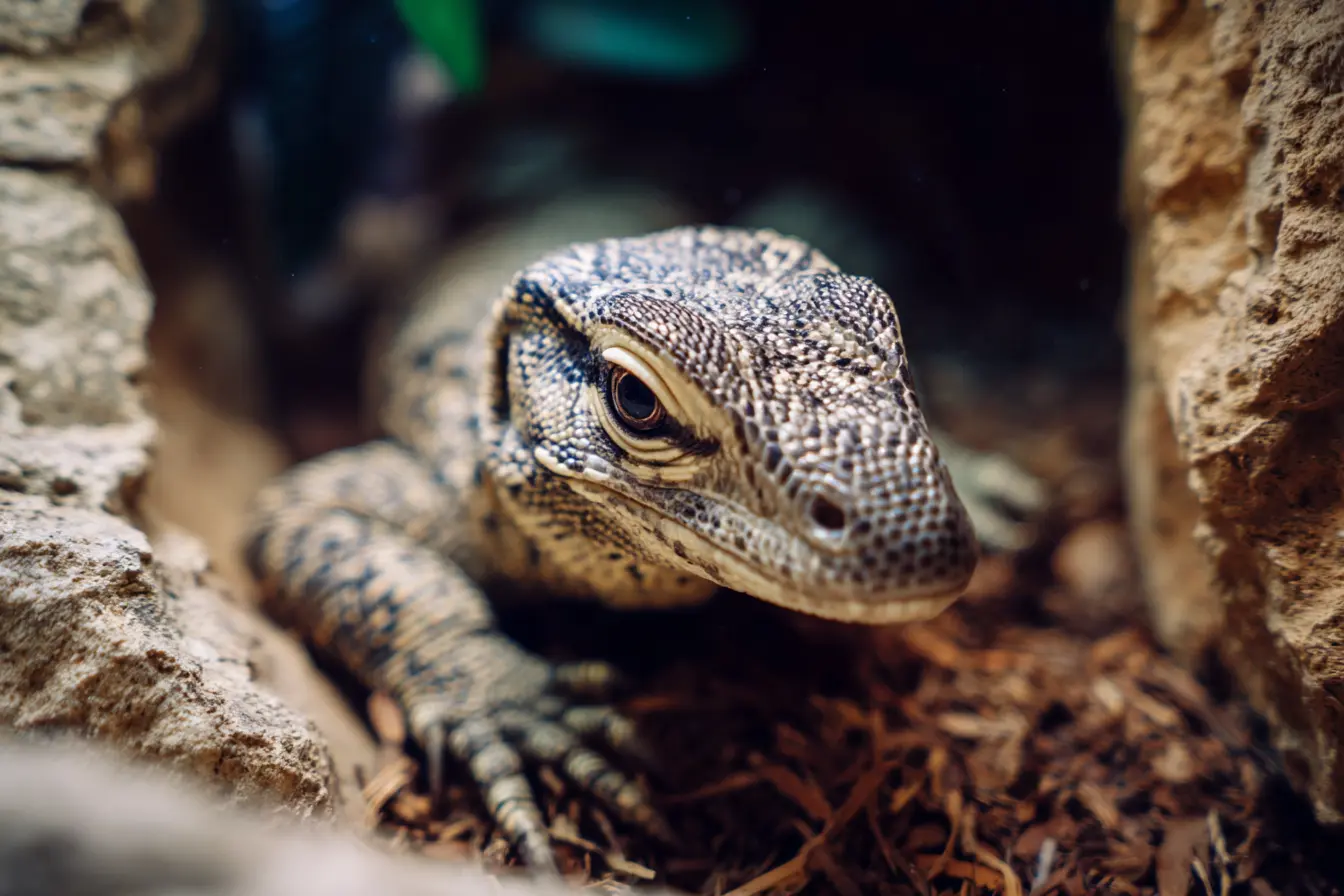
Thinking of Getting an Ackie Monitor? The Complete Care Guide for New Owners
If you’re considering getting an ackie monitor (Varanus acanthurus) as a pet, you’re on the right track toward owning one of the most rewarding and manageable monitor species. Also known as the ridge-tailed monitor or spiny-tailed monitor, ackie monitors are intelligent, hardy, and relatively easy to care for compared to larger monitor species.
Native to the arid regions of northern and western Australia, these small monitors make excellent pets for reptile enthusiasts who can meet their specific requirements. In this guide, we’ll cover everything you need to know about their behaviour, enclosure setup, diet, handling, and health care.
What is an Ackie Monitor?
Ackie monitors are small to medium-sized lizards from the monitor family (Varanidae). They typically grow to around 60–70 cm in total length, with half of that length being their tail. Their spiny tails, which help them navigate rocky terrains and burrows, are one of their most recognisable features.
Ackies are known for their intelligence, curiosity, and active nature. They are diurnal (active during the day) and spend much of their time basking, hunting for food, and digging burrows. In captivity, they can live for 15–20 years with proper care.
There are two common colour variations:
- Red ackie: More vibrant red or rust-coloured with darker banding.
- Yellow ackie: Yellow to light brown with less intense banding.
Sourcing and Selecting an Ackie Monitor
Choosing a healthy ackie monitor from a reliable source is critical for long-term success.
Where to Buy
- Reputable breeders: Captive-bred ackies are the best option as they are generally healthier and more accustomed to captivity.
- Specialist reptile shops: Some UK reptile shops sell ackie monitors. Make sure they prioritise animal welfare.
- Rescue centres: Consider adopting if possible.
To help combat the illegal wildlife trade, avoid purchasing wild-caught ackies. These animals often carry parasites, can be more aggressive, and struggle to adapt to captive conditions.
What to Look For
When selecting an ackie monitor, check for the following signs of good health:
- Clear eyes and nostrils with no discharge
- A clean vent area with no signs of diarrhoea
- Smooth, clean skin with no retained shed or wounds
- Active and curious behaviour
Setting Up the Ideal Enclosure
Ackie monitors are terrestrial and require a large, well-ventilated enclosure with plenty of floor space. They love to dig, bask, and explore, so creating an enriching environment is essential.
Enclosure Size
For an adult ackie monitor, the minimum recommended enclosure size is 120 cm (L) x 60 cm (W) x 60 cm (H). A larger enclosure is always better, especially if you plan to house more than one monitor. Custom-built enclosures are often the best option.
Substrate
Ackies are avid diggers and need a deep substrate to allow for natural burrowing behaviour. Ideal substrate options include:
- A mix of topsoil and play sand
- Coconut coir and sand mixture
Aim for at least 20–30 cm of substrate depth. Ensure the substrate retains moisture well without becoming waterlogged.
Heating and Lighting
Ackie monitors are basking reptiles that require high temperatures to thrive.
- Basking spot: 50–60°C
- Ambient temperature: 26–32°C
- Night-time temperature: 22–25°C
Use a combination of basking bulbs and ceramic heat emitters to maintain these temperatures. UVB lighting is essential for ackies to synthesise vitamin D3 and prevent metabolic bone disease. Use a 10–12% UVB bulb, covering at least two-thirds of the enclosure.
Humidity
Maintain humidity levels around 40–60%, with a moist hide for burrowing and shedding. Mist the enclosure as needed and monitor with a hygrometer.
Decor and Enrichment
Ackie monitors are active and inquisitive, so provide plenty of hides, rocks, and logs for climbing and burrowing. Multiple basking spots and shaded areas help them regulate their body temperature.
Diet and Nutrition
Ackie monitors are carnivores with a primarily insectivorous diet in captivity. Offering a varied diet is crucial to keeping them healthy.
Staple Foods
- Crickets
- Dubia roaches
- Locusts
- Mealworms (occasionally)
- Calci-worms
Offer appropriately sized prey - no larger than the width of your ackie’s head.
Occasional Treats
- Pinkie mice (infrequently, due to high fat content)
- Hard-boiled eggs
Supplementation
Dust insects with calcium powder with vitamin D3 three times a week and a multivitamin once a week. Providing a balanced diet and proper supplementation will help prevent nutritional deficiencies.
Handling and Behaviour
Ackie monitors are intelligent and can become quite tame with regular handling. Unlike some larger monitors, ackies are less likely to become aggressive if handled gently and frequently.
Tips for Handling
- Let your ackie become accustomed to your presence before handling.
- Support their entire body, especially their tail and legs.
- Avoid grabbing them from above, as this can cause stress.
- Move slowly and calmly during interactions.
With patience and consistency, ackies can become trusting and enjoy interaction with their owners.
Common Health Issues
Even with proper care, ackie monitors can develop health problems. Knowing the signs early is crucial for treatment.
Metabolic Bone Disease (MBD)
Caused by calcium deficiency and inadequate UVB exposure. Symptoms include lethargy, soft bones, and difficulty moving.
Respiratory Infections
Often caused by incorrect humidity or temperatures. Symptoms include wheezing, open-mouth breathing, and nasal discharge.
Shedding Problems
Inadequate humidity can cause stuck shed, especially around the toes and tail. Ensure there is a moist hide to aid shedding.
Parasites
Internal parasites are more common in wild-caught monitors. Symptoms include weight loss and diarrhoea. Regular faecal tests can help detect parasites early.
If you notice any signs of illness, consult an experienced reptile vet immediately.
Specialist Vet Care
Ackie monitors don’t require vaccinations, but regular health checks with a reptile specialist vet are recommended.
Routine Health Checks
An annual vet visit can help catch issues early. This includes a physical exam and a faecal test for parasites.
Emergency Situations
Seek immediate veterinary care if your ackie monitor shows signs of:
- Significant weight loss
- Lethargy or persistent refusal to eat
- Difficulty breathing or open-mouth breathing
- Visible injuries or swelling
Care and Maintenance
Maintaining a clean and well-regulated enclosure is essential for keeping your ackie monitor healthy.
Daily Tasks
- Check temperatures and humidity levels
- Spot-clean waste and uneaten food
- Ensure fresh water is available
Weekly Tasks
- Clean water dishes and disinfect hides and decor as needed
- Inspect heating and lighting equipment
Monthly Tasks
- Deep-clean the enclosure and replace substrate if needed
- Replace UVB bulbs every six months
Final Thoughts
Ackie monitors are active, intelligent, and rewarding reptiles for those who are willing to meet their needs. Their manageable size and engaging personalities make them one of the best monitor species for experienced keepers or dedicated beginners.
With the right setup, proper diet, and regular interaction, your ackie monitor can live a long, healthy, and happy life in your care.
By following this guide, you’ll be well-prepared to provide a safe, enriching environment for your new scaly companion.
Vets near you
Speciality vets
- Aquatics vet specialists
- Birds vet specialists
- Camelids vet specialists
- Cats vet specialists
- Cattle vet specialists
- Deer vet specialists
- Dogs vet specialists
- Equines vet specialists
- Exotic vet specialists
- Goats vet specialists
- Pigs vet specialists
- Poultry vet specialists
- Sheep vet specialists
- Small Mammals vet specialists
- Wild vet specialists
